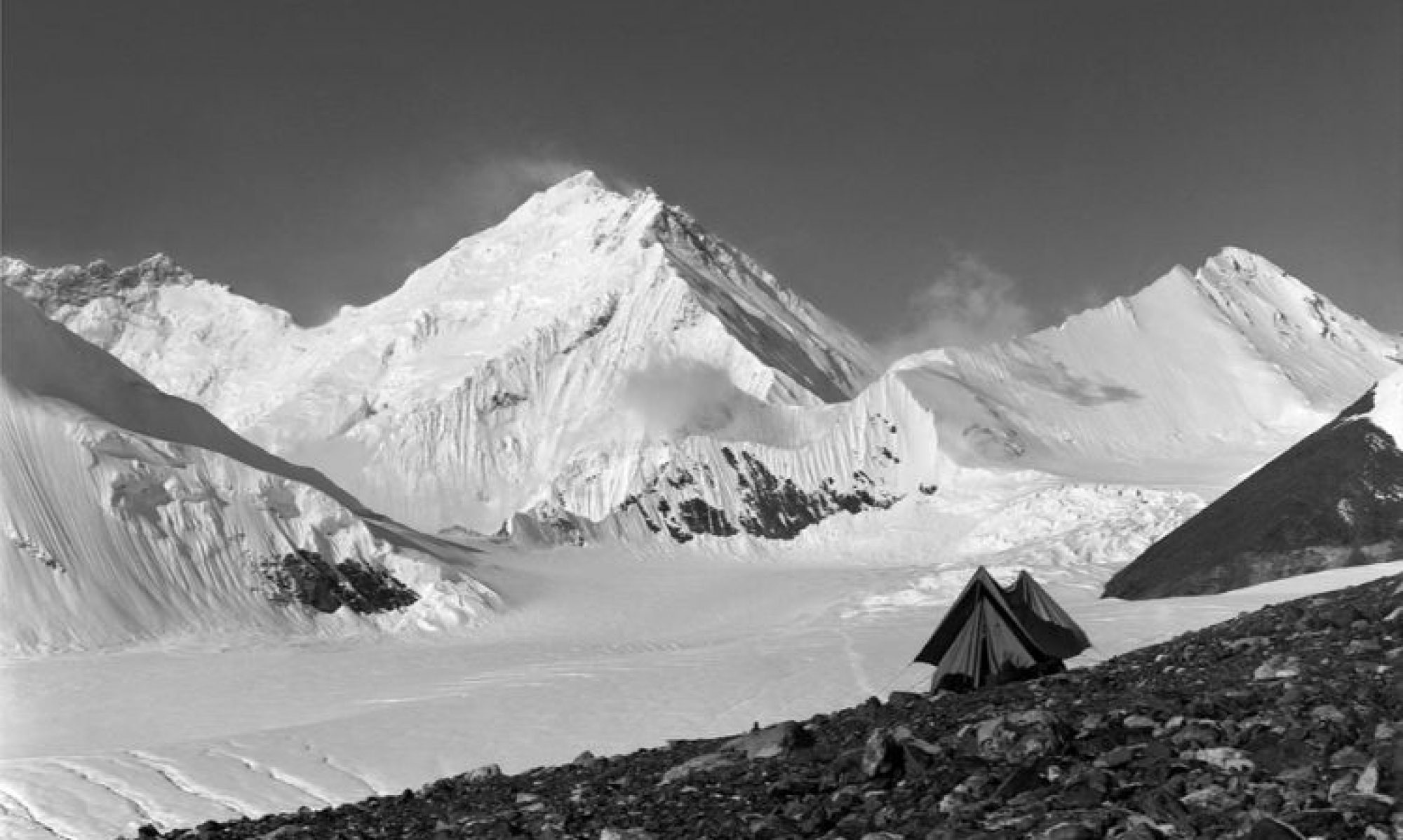The first of several reconnaissance missions led by the Royal Geographical Society, the aim of the 1921 Everest expedition was to survey the landscape and summit of Mount Everest. Setting out from Darjeeling, India, the expedition documented the vistas, local communities, wildlife and landscapes along their journey towards the world’s highest peak. Photographs from the expedition, taken by George Mallory, Edward Wheeler and Alexander Wollaston, among others, were intended to complement the expedition’s surveying work in preparation for future attempts to ascend to Mount Everest’s summit. The photographs attest to the intrepid nature of the expedition, capturing the pristine natural landscape, and are some of the very first photographs and panoramas ever taken of Mount Everest.
In Mallory’s account of this initial expedition, he wrote: “Mountain shapes are often fantastic seen through a mist: these were like the wildest creation of a dream… Gradually, very gradually, we saw the great mountain sides and glaciers and arètes, now one fragment and now another through the floating rifts, until far higher in the sky than imagination had dared to suggest the white summit of Everest appeared.”
In September the party was forced to retreat from an initial attempt at reaching the summit due to high winds. A second expedition the following year was similarly revealing, and benefited from the innovation of bottled oxygen during a number of tentative ascents. An attempt to reach the summit ended tragically in an avalanche which killed several members of the team.

